Street Fighter 6 Review
PlayStation 5
Capcom left nothing untouched in Street Fighter 6, and anyone who loves fighting games will surely enjoy playing it.
Reviewed by Rayan on Jun 05, 2023
The Street Fighter series is among the most influential titles in what has arguably become a subgenre of fighting games. Seven years after the events of Street Fighter V, the newest edition in the series aims to please everyone who loves this genre and those who don't. In response to feedback from the fighting game communities following Street Fight V's shaky launch, which initially attracted only the series fans, Capcom released many fixes and a new version of the game.
However, once a fighting game has been released, there is little room for further development. In contrast, Capcom's latest entry in its long-running series introduces a revolutionary idea and a streamlined interface designed for newcomers. Learning from its past failures, Capcom finally released a Street Fighter game that matches the franchise's reputation.
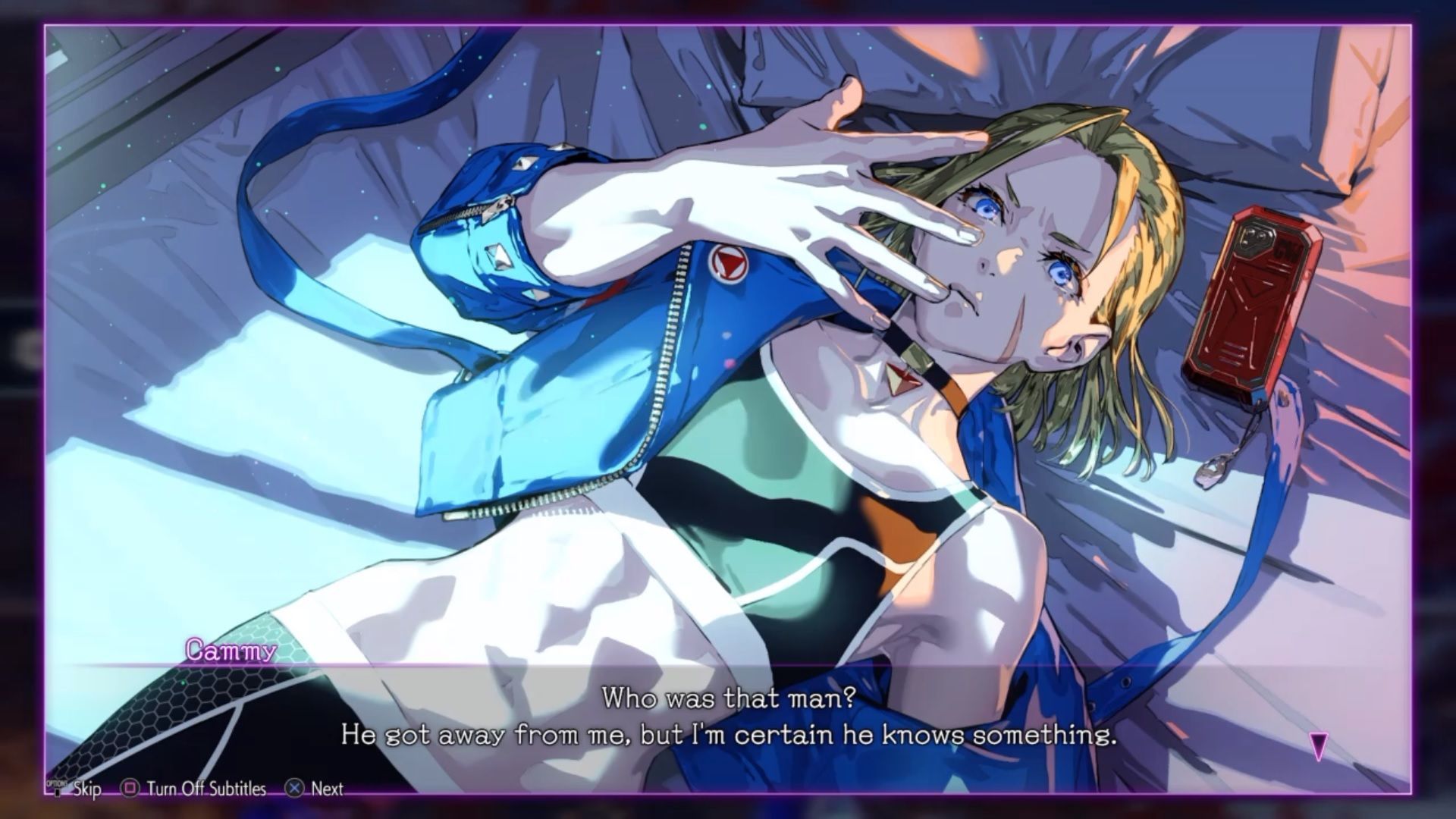
Even though the cast of characters needs some improvement and the World Tour isn't particularly exciting, the overall presentation and the new concepts bring much to this series that its fans deserve. Single-player content is aplenty, with a less complicated control scheme that should appeal to newcomers.
The World Tour events not only teach you the basics of the game's combat system but also narrate the story of the game's adventure and fighting phase, which involves a number of missions set in Metro City, along with the standard fare of a fighting game, that includes modes like competitive play, training, and more.
The Battle Hub is a more social phase, like cities in massively multiplayer online games. In terms of both production value and gameplay depth, Street Fighter 6 justifiably earns the title of the finest fighting game on the market right now. While I agree that the game's fundamental gameplay showcases the genre's best, ambitious ideas like the World Tour didn't work out in the end.
In Street Fighter 6, Capcom introduces three distinct styles of gameplay control: the Modern, which allows players to perform special moves with the push of a button; the Classic, the controls from the previous Street Fighter games; and finally, the Dynamic, which allows players to perform combos with the press of a button.
From the get-go, you'll be using the new Modern control scheme alongside the six-button layout of its forerunners, Classic, and the brand-new Dynamic control scheme. Only four settings are available in the modern interface, and the assist button initiates automatic combos.
Dynamic and Modern controls greatly simplify the game's learning curve for beginners, and the Dynamic control scheme is more suitable for casual gamers. You can have your character perform a variety of combos and special moves in this mode by pressing the appropriate combination based on the opponent's positions.
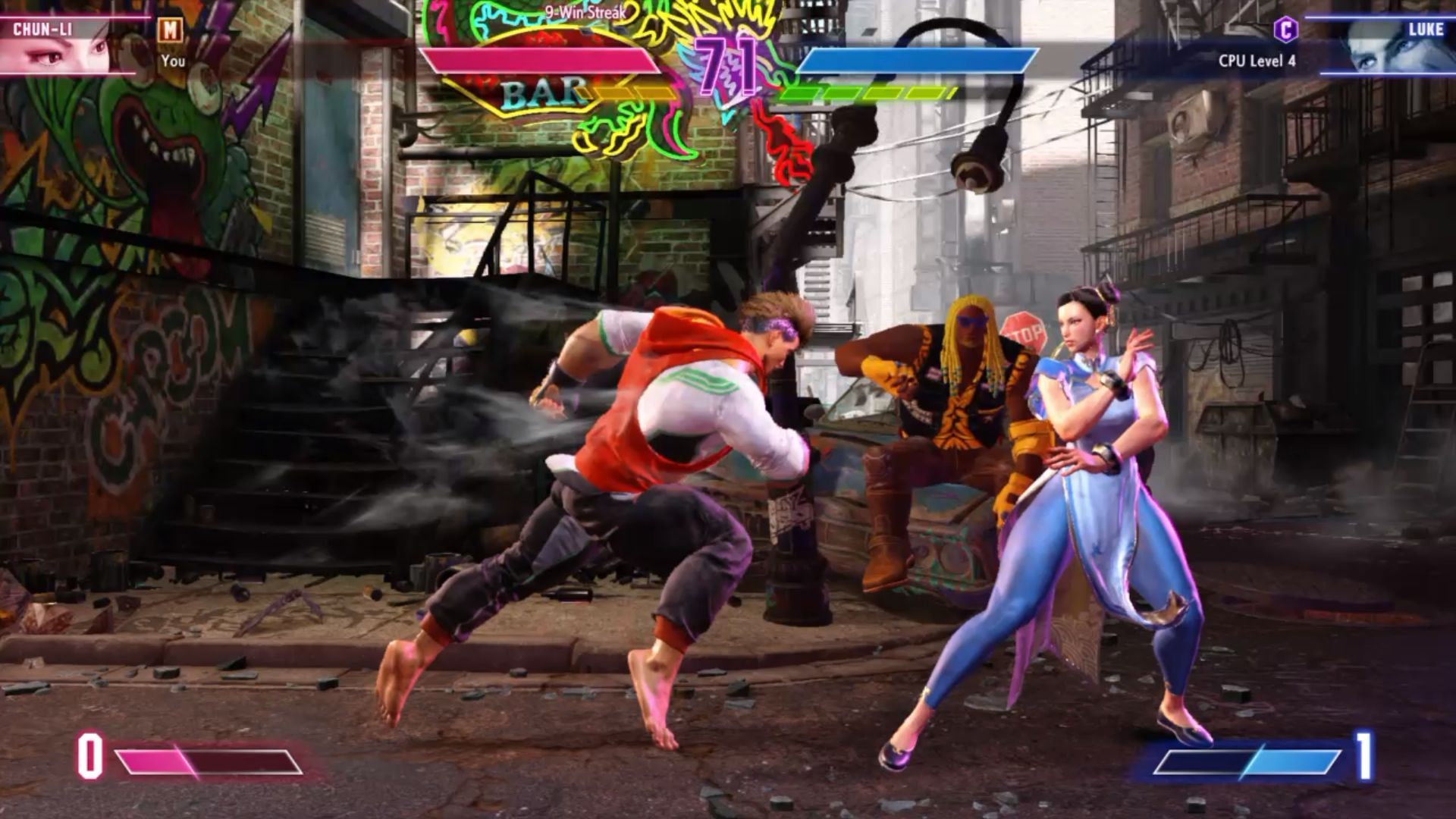
Pressing the right buttons in a timely can pull off the character's unique moves. Offline mode is the only place where you can use the Dynamic control system; it's incompatible with online mode or other events.
This control scheme is designed for players who want to improve but struggle with certain actions. In addition, combinations can be performed by pressing a series of buttons on the controller while pressing the triggers, making it easier for players to fully use their characters' powers without relying on predetermined actions or perfectly timed cancels. Modern controls have been criticized for granting an unfair advantage to those using them, but there are pros and cons to consider.
The simplified structure of Modern controls means that players lose several special moves and three attack buttons, which might be beneficial for those who are good at analyzing opponents but have difficulty with implementation. Conversely, seasoned players have access to more strategies and tactics, giving them the upper hand.
Although Modern control is more user-friendly, it makes some significant compromises with fewer techniques available. So, despite its promise, the Classic approach still felt more reasonable among all, and that's how a fighting game should be played.
The traditional gameplay is still in place in Street Fighter 6, with each round lasting 99 seconds, including two competitors, and winning two rounds seals victory. Other than the classic energy bar, SF6 introduces two additional bars crucial to the gameplay: Drive and Super art bars. The super art bar starts empty and gradually fills up as the battle progresses due to factors like taking damage and having special abilities blocked.
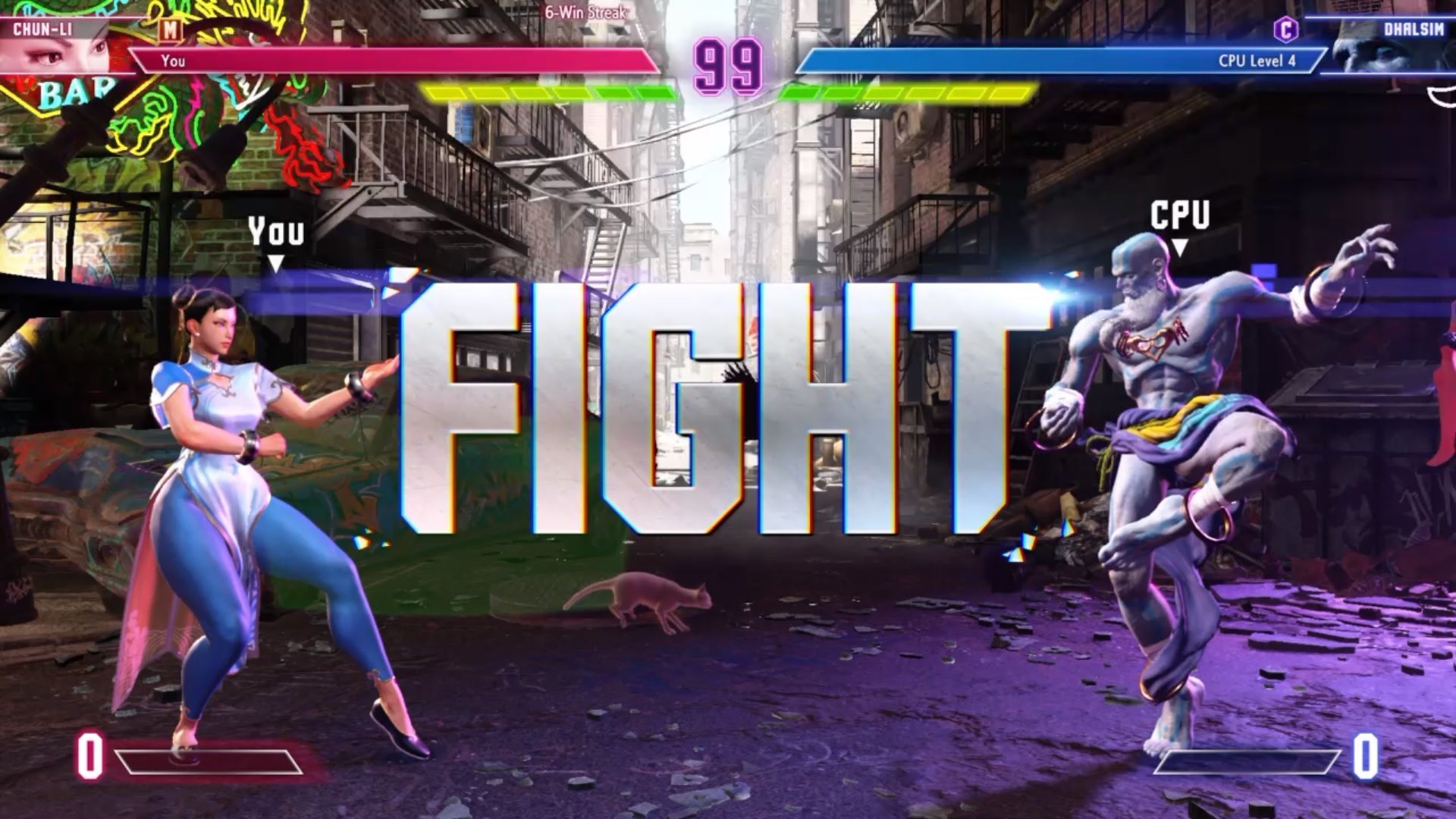
In contrast, the Drive bar is filled at the beginning of each round and gradually empties itself. Drive actions have varying costs and can be performed by using the gauge. This newly implemented Drive bar is a versatile tool that can be applied to five distinct strategies: Drive Impact, Overdrive, Drive Parry, Drive Reversal, and Drive Rush.
This newly introduced Drive mechanism brings a massive change to the game, and if you understand when and how to implement it, the gameplay becomes much more interesting strategically.
The Drive bar, independent of the Super bar, allows you to perform Drive Impact moves, such as absorbing attacks and still landing them. Overdrive increases the power of your special attacks and allows you to supercharge your special attacks, much like the EX moves in earlier games.
Drive Parry for dodging an attack and launching a counterattack, and the drive gauge is replenished once an attack is parried. Drive Reversal is used to block an attack and launch a counterattack, and Drive Rush is used to quickly attack an opponent.
The Drive indicator unlocks the door after an effective attack from the super art bar, which typically concludes an array of attacks and leads to a KO through a distinctive chain attack from which there is no recovery.
If the bar is depleted, no further drive actions can be taken, reducing your available defense alternatives. You can do a Drive Rush or a Drive Reversal from a block or parry that relies on time and instantly launch an attack on a far-off opponent with a devastating response.
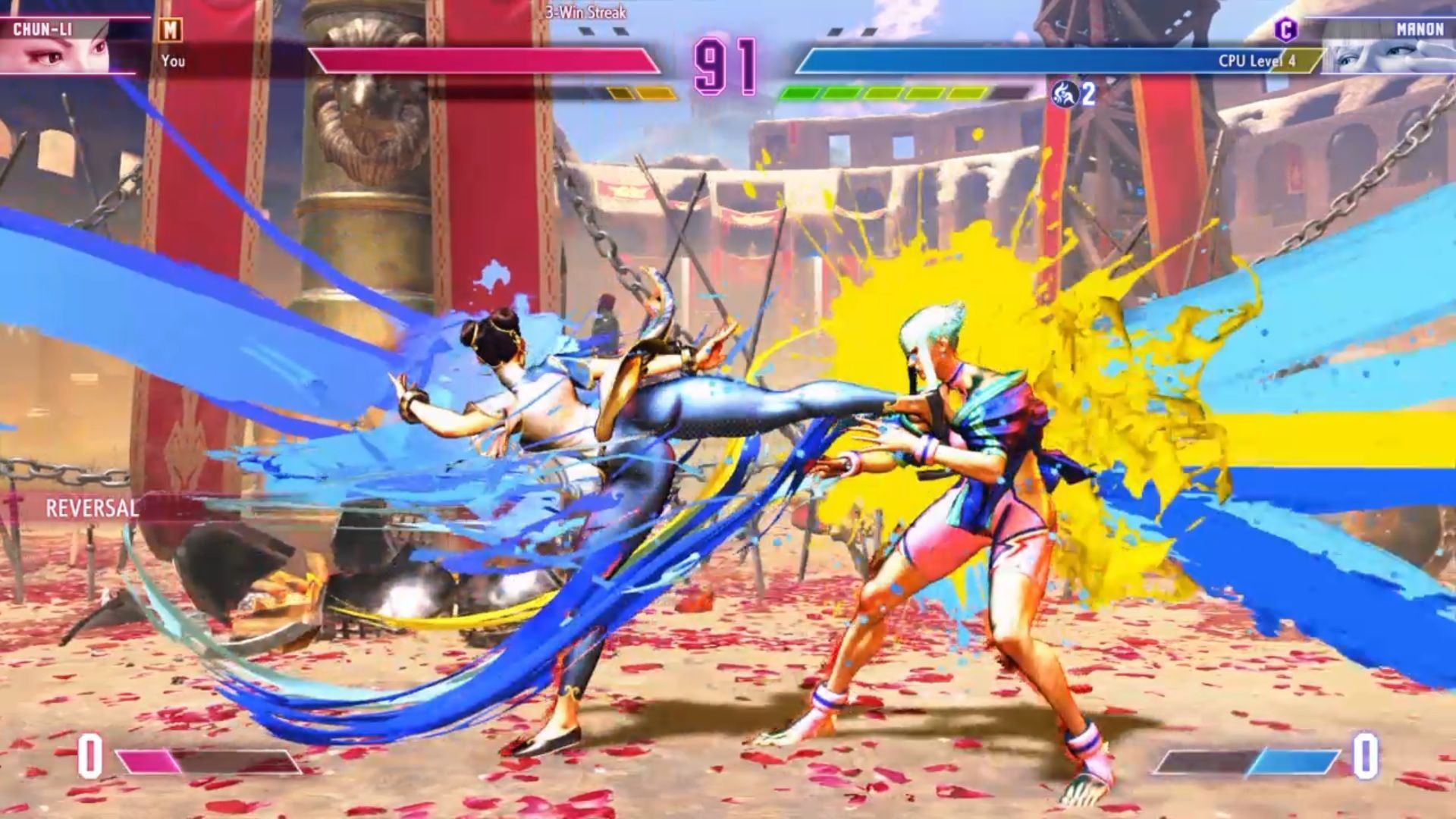
The modes in Street Fighter 6 are clearly distinguished when the game starts. The World Tour, the Battle Hub, and the Fighting Ground are the three primary categories within which the various modes can be found. The Fighting Ground, the game's central base, is where most game modes are placed, including the original Arcade mode and Practice, Versus, Online, and Special Matches.
Fighting Ground is where you might spend a lot of time, particularly if you are an experienced series player. The arcade mode is featured in this part, allowing you to learn about each character through gorgeous visuals in a retro style.
There is a narrative thread that binds everything together, but anyone interested in a more cinematic, story-driven single-player experience may be disappointed. Each of the game's 18 playable characters has a comic book arc that unfolds while you engage in a series of AI combat.
This mode recounts the experiences of each playable character throughout at least five matches and serves as an introduction to newcomers. While the mode isn't very compelling, it's a good way to familiarize yourself with the playable characters and their moveset.
The World Tour in Street Fighter 6 is such a large and intriguing addition that it felt like an entirely separate game. It essentially transforms the fighting game into an RPG. This portion of Street Fighter 6, without question, is the most significant degree of change in the series. It's an extensive story set in Metro City, where you create your avatar, which you can later use in the Battle Hub and explore the city, encountering and fighting other NPCs along the way.
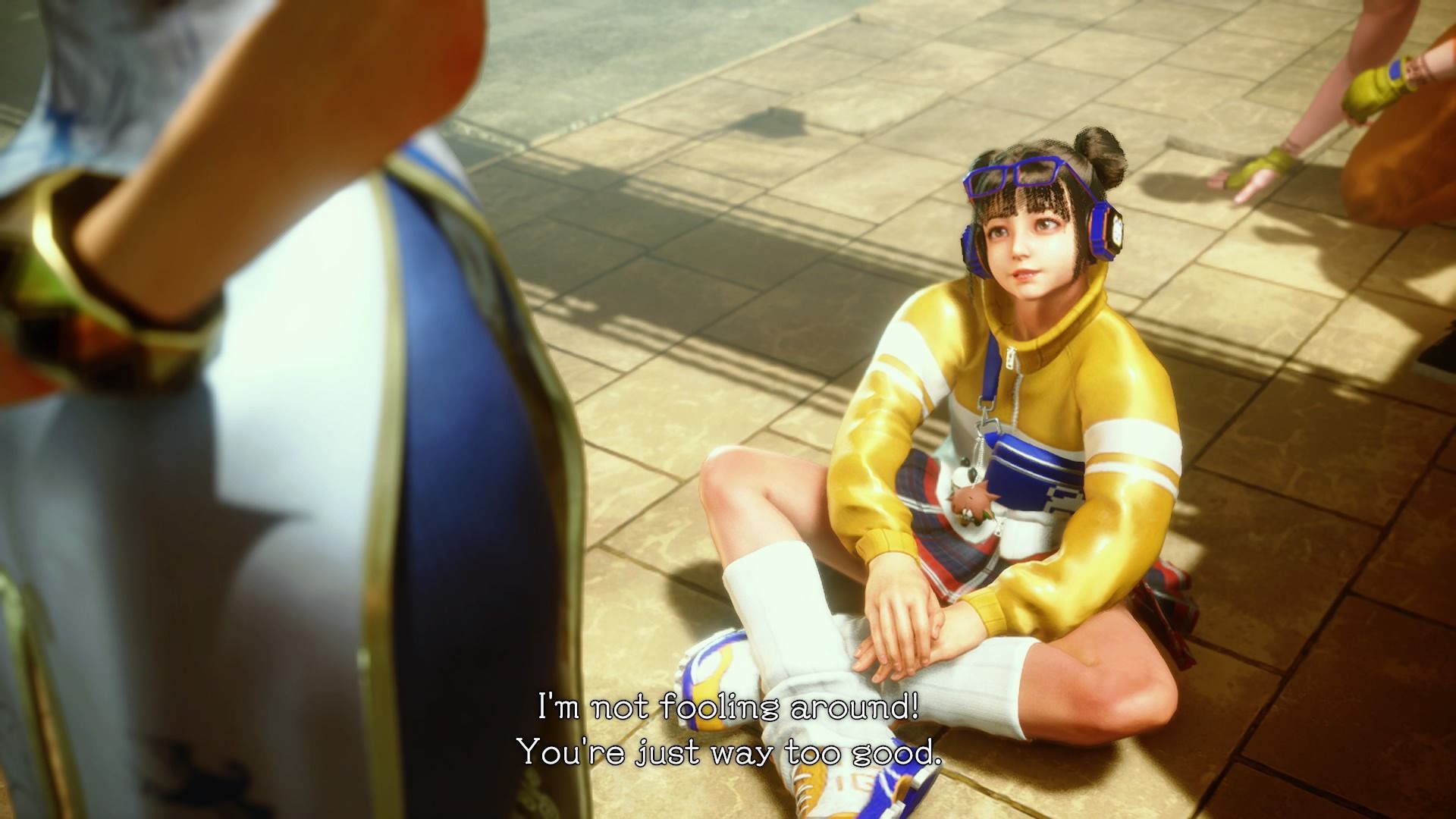
You can challenge every NPC you see on the street to a battle, turning yourself into a real-life street fighter. This mode serves as a warmup for the game's online battles, where you can test out various fighting strategies before taking your custom-made character into battle. The narrative, however, fails to excite, and there is a lot of filler. The story's conclusion has so little weight that you don't realize it's ended until the credits roll.
Battle Hub is a space large enough to accommodate 100 players at once, where you can interact with and fight against other online players in unranked and ranked matches. The range of competitive game modes in the Battle Hub is its greatest feature. After selecting a region, you can chat with other players' avatars, shop for items to alter appearances, and play classic Capcom games in arcades.
A good deal of arcade cabinets can be found at each node, and you can challenge other players to a fight or witness a match between two other players. The opportunity to fight against other players is the main draw of Battle Hub.
You can also play fighting games against AI opponents in the Training section. I haven't experienced any lag or stuttering during online battles on the Battle Hub. Whether fighting against other players or just chatting with friends, Battle Hub is a fun place to hang out in the game.
There are 18 playable fighters in Street Fighter 6, and the characters are well-rounded and balanced. Ryu, Ken, Chun-Li, Luke, Cammy, Zangief, Dee Jay, E. Honda, Dhalsim, and Blanka are the 10 old faces, all keeping their signature fighting styles. Jake and Juri from SFIV and SFV and Kimberly, Manon, Marisha, Lily, JP, and Jamie are the 6 new fighters.
The roster of fighters is noticeably larger than previous Street Fighter installments; however, it could need a few more memorable personalities because most of the new cast comes out as somewhat generic.
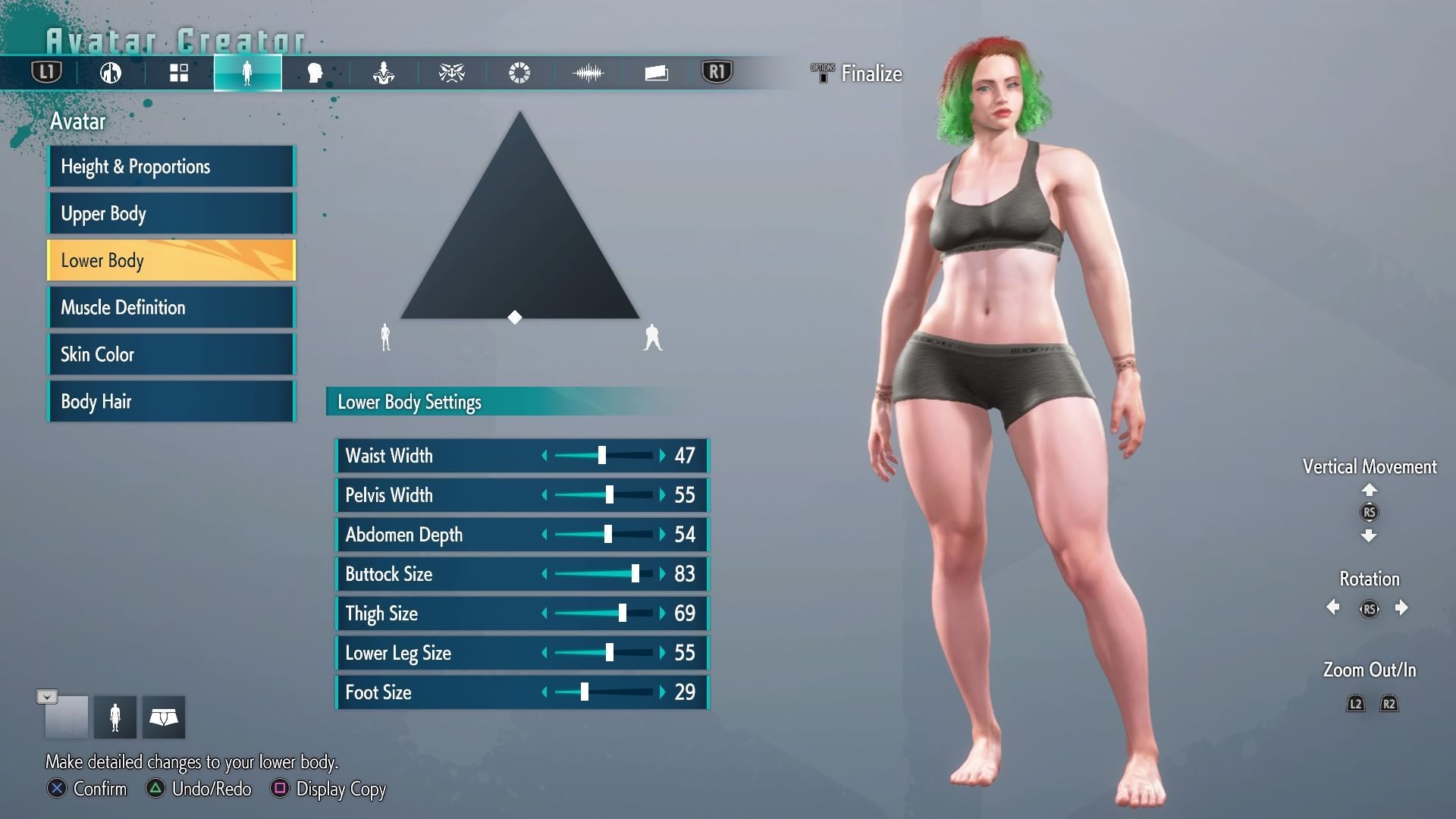
The new characters don't seem as interesting as the old ones, and maybe it's just the art direction. It's unlikely that you won't find a favorite among the game's 18 playable characters, whether you base your decision on aesthetics or gameplay preferences.
Although it's difficult to compare with the series's trademark fighters, the new characters in SFIV and SFV were much more vivid and memorable than their counterparts in this latest installment. The addition of these six new characters, however, breathes fresh energy into the predominant fighting techniques, expanding the options and providing distinct mobility so that we have a wider variety of alternatives.
As mentioned earlier, apart from the game's playable fighters, Street Fighter 6 brings in a brand-new mechanism for creating an avatar that allows customizing your character down to the pixel in terms of skin tone, body type, eye color, and more during the creation process. If you make use of the system's flexibility, you can design a fighter who is at home in the underworld.
It's not simple to keep track of all the different measurements for the upper, lower, and every other body part when trying to figure out how to balance the avatar properly since they carry actual weight in battles in World Tour and Battle Hub.
It has many common features of a traditional RPG: main and side quests, gear and equipment that affect your character's performance in battle and may be earned in a variety of ways, character and enemy levels, a standard skill tree, and player choice in numerous cutscenes.
When you level up, you'll have access to a talent tree where you can use experience points to improve your punch, kick, or hold damage, as well as your defense and health. Clothing and accessories items can be used to boost a character's statistics, and each piece of gear also has the option of leveling up to increase its base statistics.

There's arguably nothing to complain about Street Fighter 6's performance, as the game is presented in a highly polished and compelling way. Capcom opted to utilize its own RE Engine, which results in higher resolution textures, more clearly shown body injury, and more lifelike models.
Due to their improved graphics engine, the game has a far more polished appearance than the previous installment because of the improved character movements and graphical elements. Characters' expressions are animated and expressive, and they move with grace and a sense of fluidity that is nothing short of breathtaking.
Each fighter's entrance before the battle begins is expertly orchestrated and set to perfectly timed music. The urban culture is heavily represented throughout the game, either visually, with graffiti all throughout, or on soundtracks, with a lot of rap and hip hop in the music.
Combining this urban flavor with the engine's improved graphical capabilities benefits the game greatly. The overall presentation might feel a little cartoonish, but this won't bother much since the presentation agreeably suits the game's objective of getting the newcomer's attention to this series.
Unlike any other genre, the fighting game has the most competition where Street Fighter duels with series like Tekken and Mortal Kombat, along with The King of Fighters, Virtua Fighter, Guilty Gear, Dead or Alive, Soulcalibur, and more. It's hard to discard any of these series due to their uniqueness and the large fanbases.
With each new release, these series always come with something that surpasses one another. In this context, Street Fighter 6 has turned the table in its favor and precisely delivers the kind of experience fans expect, and even newcomers to the franchise will feel at home.
Street Fighter 6 has been beefed up to seem like a true next-gen fighting experience with a robust training mode and its revived control mechanism that attracts a wide variety of players. Despite the World Tour being a great addition to the game, it will require further enhancements in the coming days, while the implementation of Rollback Netcode guarantees consistent performance in every match.
The Drive mechanism and the overall presentation are friendly enough for beginners and offer what veterans need to keep them interested in a new game. Capcom left nothing untouched in Street Fighter 6, and anyone who loves fighting games will surely enjoy playing it.
Senior Editor, NoobFeed
Verdict
Street Fighter 6 has been beefed up to seem like a true next-gen fighting experience with a robust training mode and its revived control mechanism that attracts a wide variety of players. Anyone who loves fighting games will surely enjoy playing it.
90
No comments
Related News
No Data.

